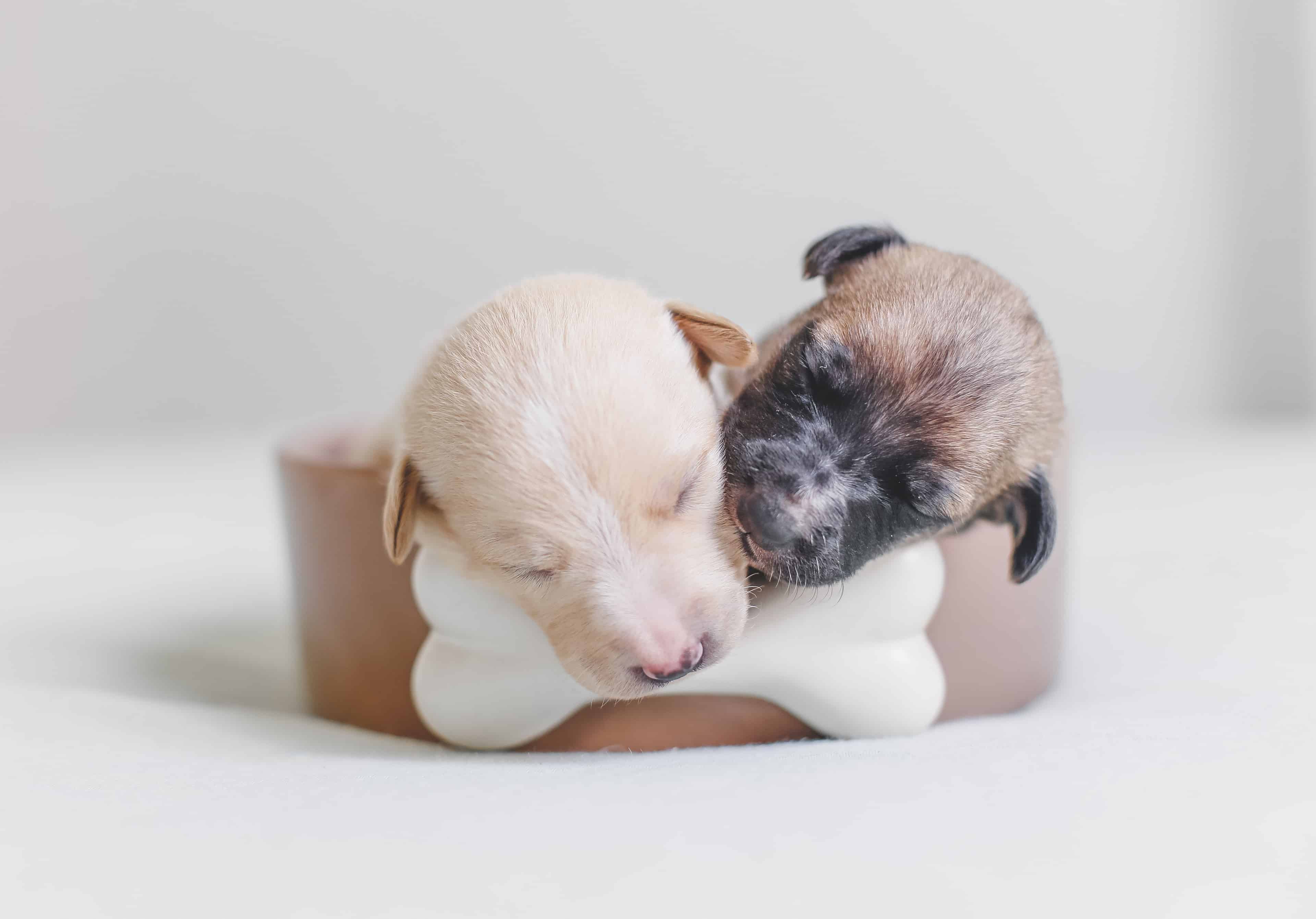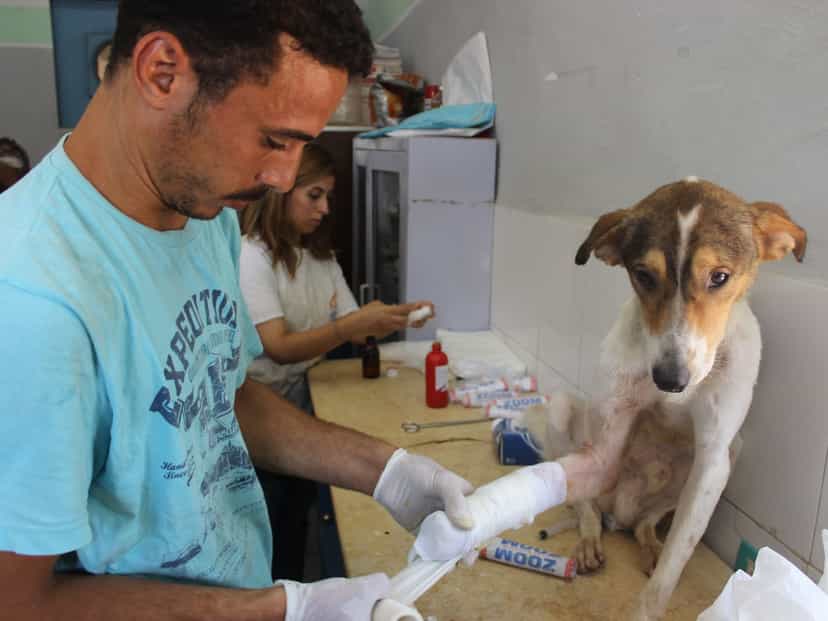
Choosing to buy a puppy is a big decision. How you pick your puppy and where you get it from is an important part of your journey.
This is a huge topic but I have attempted to break it down into 4 concise stages, highlighting the most important points to consider: The decision to buy a puppy, what to do before visiting the breeder, visiting the breeder and choosing your puppy.
1. THE DECISION TO BUY A PUPPY
The slogan ‘A puppy is for life, not just for Christmas’ should be at the forefront of your mind. If you’ve never owned a puppy before then it’s not a decision to take lightly. It’s almost like having a baby, a puppy is a huge commitment in terms of both time and money. If it’s going to be a family pet then everyone in the family needs to be on board 100%. You need to be sure that you can afford it, that you can give it the time it needs (it’s a pack animal and is not happy being solitary/independent like a cat is), that you have the space, that you will be prepared to take it for at least one walk a day even if it’s cold and raining, and that your circumstances are fairly stable so you are unlikely to find yourself in a position where you can no longer care for your pet.

2. BEFORE VISITING THE BREEDER
Having made the decision to buy a puppy, the next thing to decide on, as a family, is what kind of puppy you would like. You may have a favourite breed in mind, you may have a preference for male/female, you may have a preference for the amount of exercise it will need, the amount of grooming it will need, the amount of space it will need, and so on. Do your research on different breeds to make sure that you know what you’re getting and, if it’s a specific breed you’ve got in mind, that you know what potential health problems to look out for.
Definitely consider a rescue puppy/dog. There are many homeless dogs out there, including puppies and even breed-specific rescue organisations, who are just as deserving of a loving home. If you’ve never had a puppy/dog before then you would need to consider this carefully and take advice from the rescue centre as many of these animals will have specific needs. All reputable rescue organisations will be able to guide you through the whole process and provide any advice you need.
If you still want to get a puppy from a breeder then do your research on your chosen breeder(s) first. Lucy’s Law, introduced on 6th April 2020 dictates that any puppy under 6 months old must be sold by the breeder, not by a middleman/dealer/shop and must also be able to be viewed with its mother. This is to improve animal welfare by eliminating puppy farms, and also applies to kittens.

3. VISITING THE BREEDER
Make sure that you can view the puppy with its mother. Look for interaction between them, ‘fake’ mothers won’t interact with a puppy that’s not theirs for fear of the real mother returning. Check the general health of both puppy and mother, it’s not normal for there to be any health problems. Check the puppy’s health record for details on vaccinations, flea/worm treatment and microchipping.
Don’t feel rushed or pressurised into making a decision, it’s a big decision and you need to be sure it’s the right one. Also beware of the breeder making excuses about why you can’t see the puppy’s mother, or trying to arrange to meet you somewhere more ‘convenient’. If in any doubt at all, then walk away. It’s difficult when it’s a cute puppy, especially if you have concerns for it’s welfare, but the last thing you want is to end up with a puppy with emotional/physical or behavioural issues if you don’t have the experience to deal with that. It’s better to report any concerns you have.

4. CHOOSING YOUR PUPPY
Try to stick to your initial wish list, ie breed, gender, temperament and so on. Do not buy a puppy that is under 8 weeks old as this is the earliest it should be separated from its mother, though it is fine the visit the puppy before this time if the breeder agrees. When viewing a litter of puppies it is a good rule of thumb to choose one which is neither the boldest nor the shyest as you are minimising your risk of the puppy developing behavioural problems later on. There are many other tests you can do and things you can look out for and observe in terms of the puppy’s personality and socialisation levels but, if you’ve done your research and are buying from a reputable breeder, then trust your instincts and follow your heart.
A reputable breeder should be checking you out too, to make sure that the puppy is going to a good home, so be prepared to answer a lot of questions and even undergo a ‘home check’. This is a really positive sign and means that the breeder cares about the puppy and is also likely to be more approachable in case of any queries or ‘teething problems’ once you’ve got the puppy home.

If you follow this advice you should end up with an adoring companion that will bring much joy to your life, and you can be satisfied that you’ve provided a puppy with its loving forever home.


